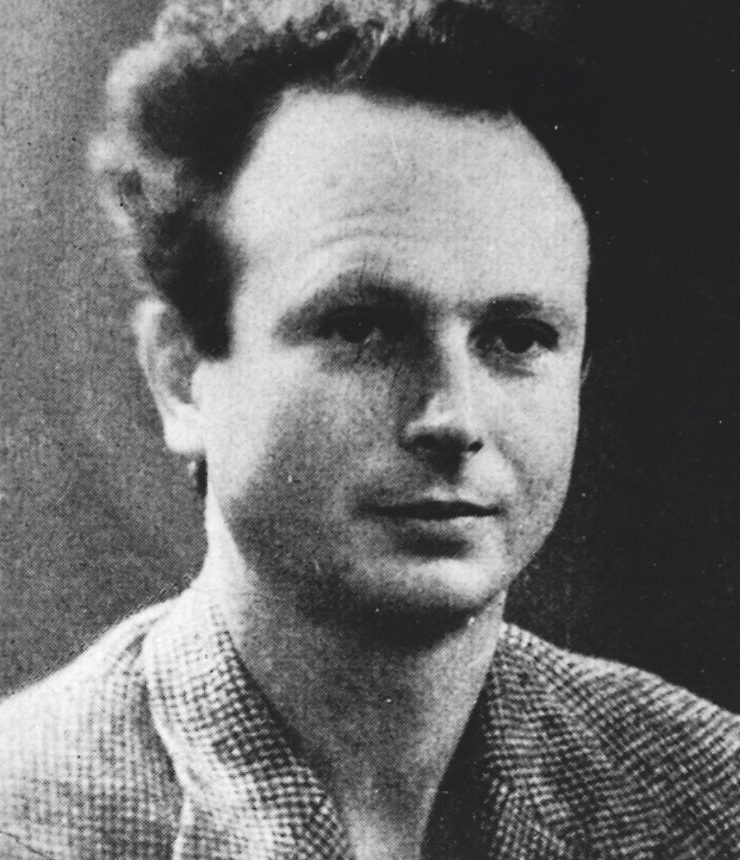Marek SZWARC
January 4, 2019Zelman UTKES
January 4, 2019Paul ULLMAN
PARIS 1906 – SWISS BORDER 1944
Paul Ullman was born in Paris. His parents originally came from the United States and immigrated to France in 1905. He grew up in an artistic family: his mother Alice Wood was a writer, his father Eugene was a painter, and his brother Allen was a sculptor. They lived above Le Dôme café and spent time with the artists in Montparnasse. Following the declaration of war in 1914, the family moved to the United States.
In 1919, Paul Ullman returned to Paris with his brother and studied at the Lycée Louis-le-Grand (high school). He discovered painting and visited the museums in Paris. He traveled to Italy and Holland, where he dis- covered the Flemish masters, and then returned to live in the United States where he settled in a farm. At the outbreak of World War II, he joined an aid organization in the United States. He returned to France in 1943 and formed a resistance network between London and Paris. On August 25, 1944, as he was carrying out his last mission, he was shot dead by SS soldiers at the Swiss border. His paintings have been kept at the Oran Museum in Algeria and at the Metropolitan Museum in New York (a landscape of Paimpol). The Carnegie Institute dedicated an exhibition to him after the war.
Stories of Jewish Artists of the School of Paris 1905-1939
FRENCH-ENGLISH
Capitale des arts, le Paris des années 1905-1939 attire les artistes du monde entier. De cette période de foisonnement, un terme est resté, celui d'Ecole de Paris, qui recouvre une grande diversité d'expression artistique. Dans ce brassage dont Montparnasse est le creuset, un groupe se distingue : celui des artistes juifs venus de Russie, de Pologne et d'Europe centrale. Si leurs styles sont variés, un destin commun les rassemble : ils fuient l'antisémitisme de leur pays d'origine. Certains ont connu la célébrité dès les années 1920, tels Soutine, Lipchitz ou Chagall. D'autres n'ont pas eu le temps ou la chance d'y accéder. Près de la moitié a péri dans les camps de concentration nazis.
From 1905 to 1939, Paris attracted artists from all over the globe as the capital of the art world. This period of artistic proliferation became known as the School of Paris, and includes a great diversity of artistic expression. Within the teeming art world centred on Montparnasse, one group set itself apart: Jewish artists from Russia, Poland, and Central Europe. Although their styles were diverse, they shared the common fate of fleeing anti-Semitic persecutions in their home countries. Some became famous in the 1920s, such as Soutine, Lipchitz, and Chagall, while others did not have the time or the luck to gain renown. Nearly half of these artists died in Nazi concentration camps.





